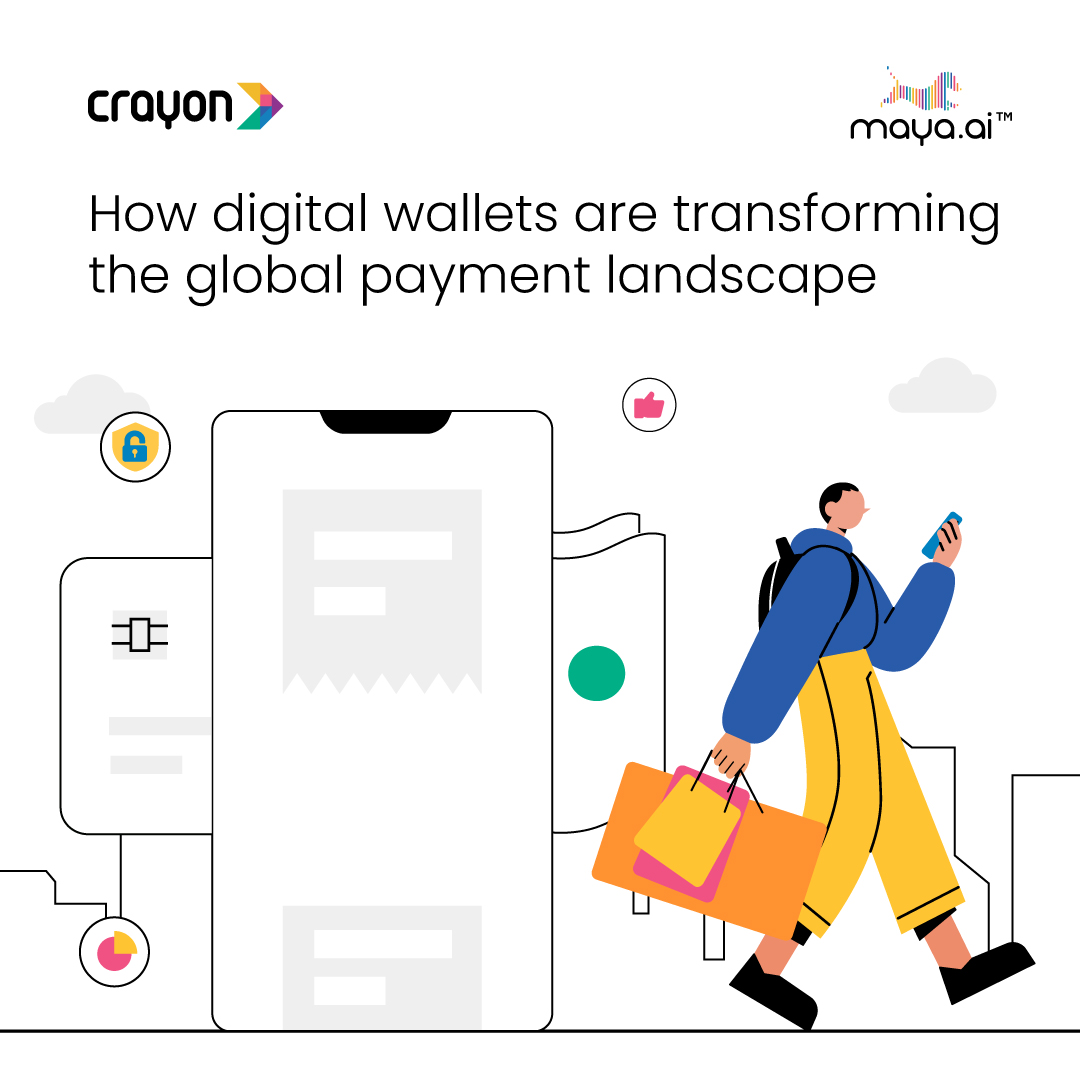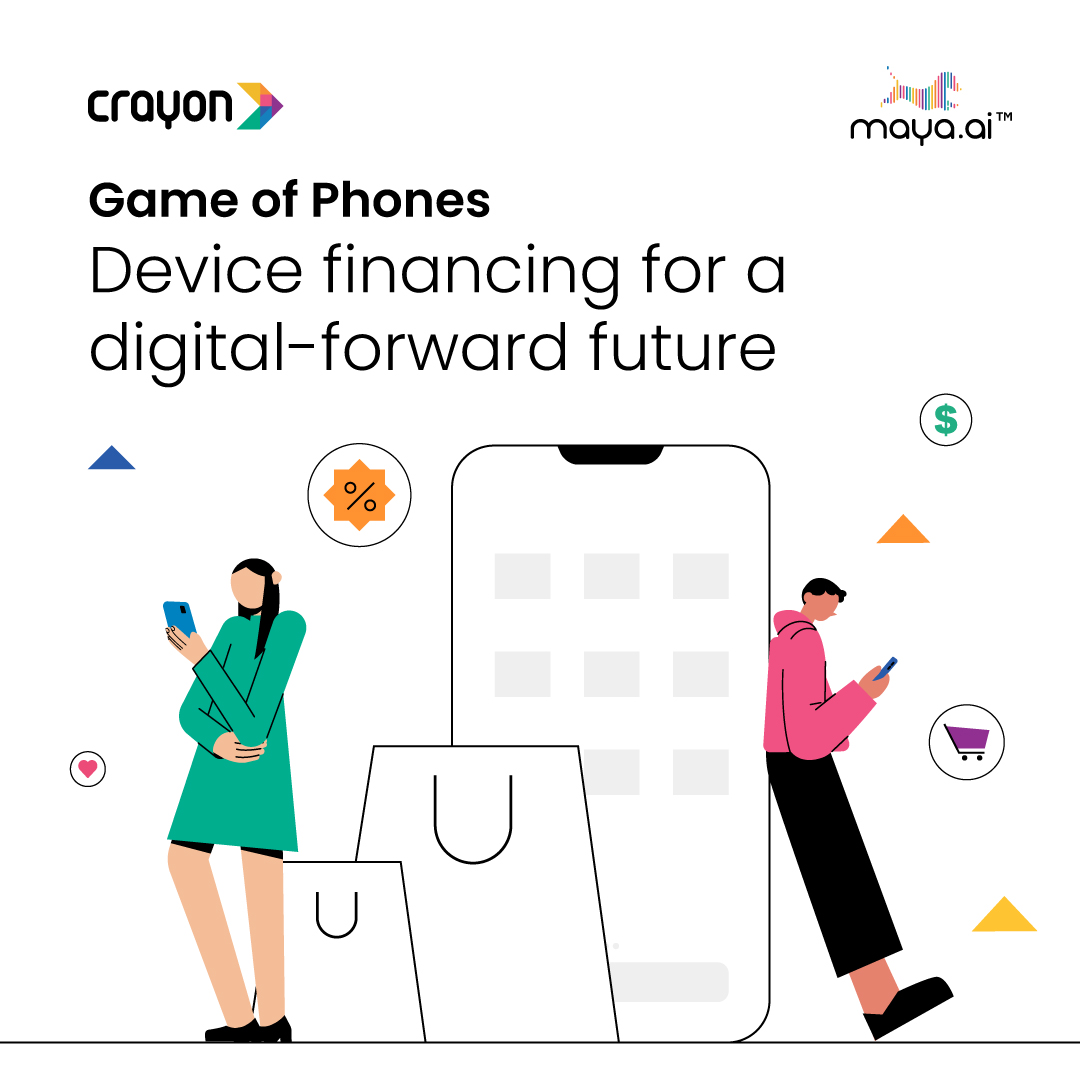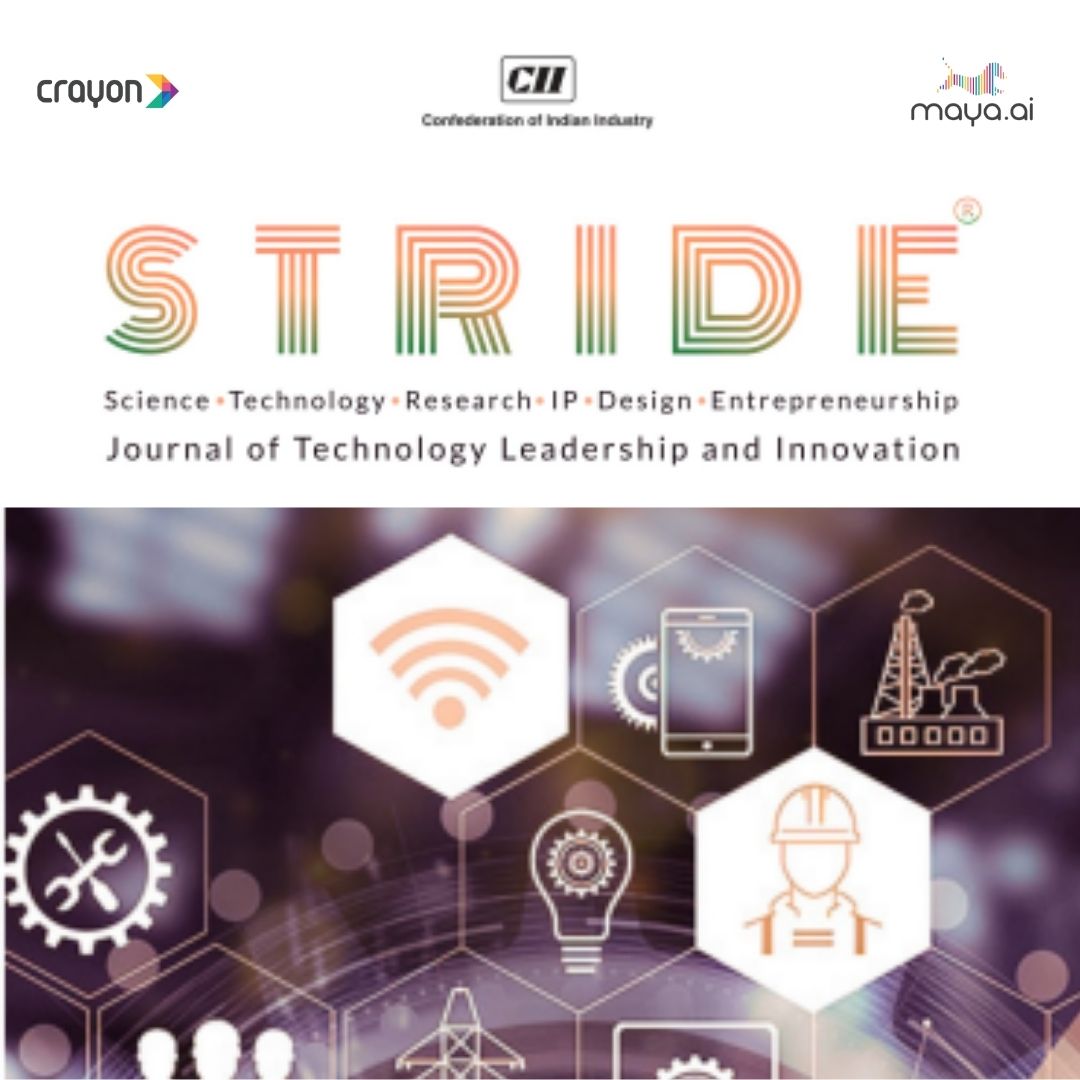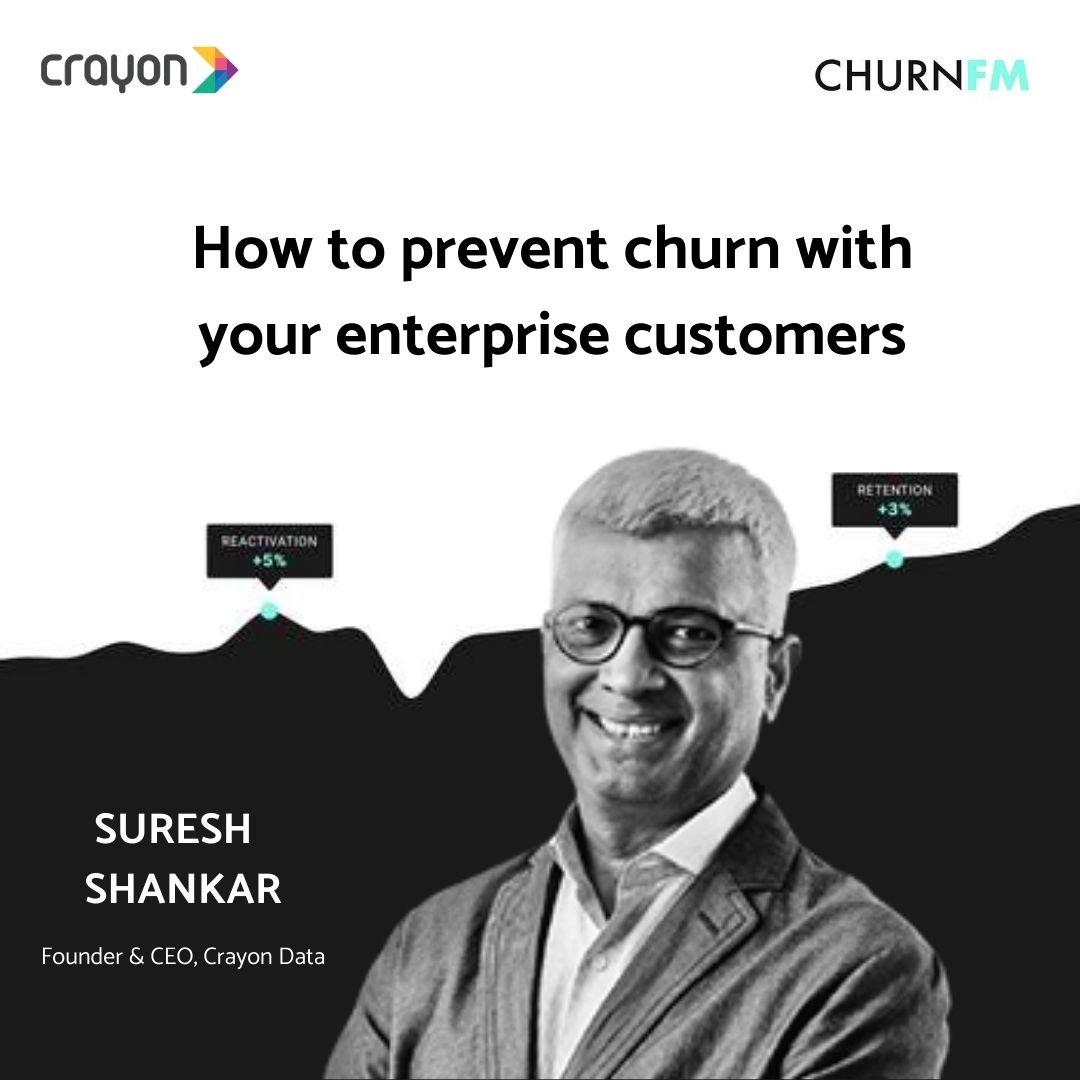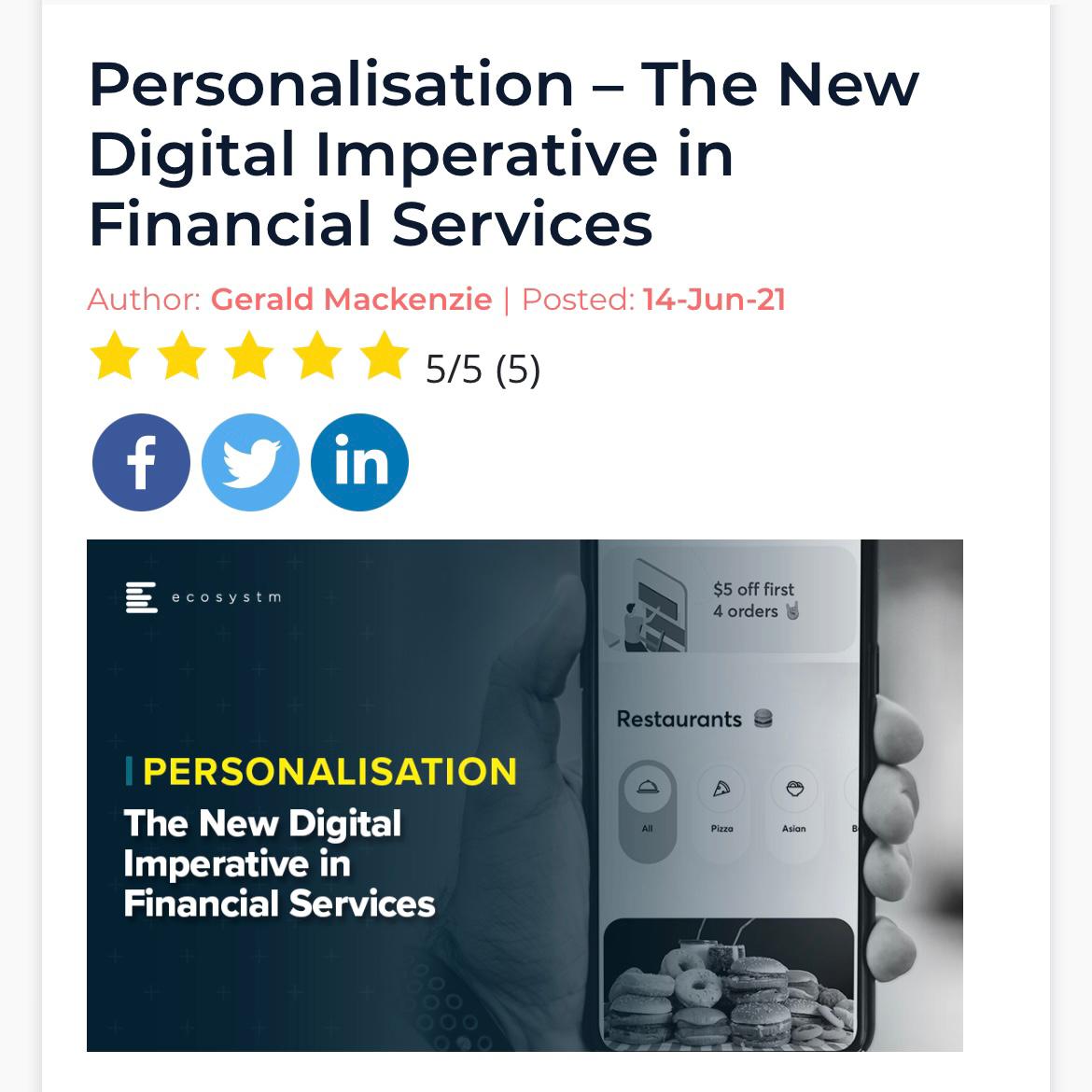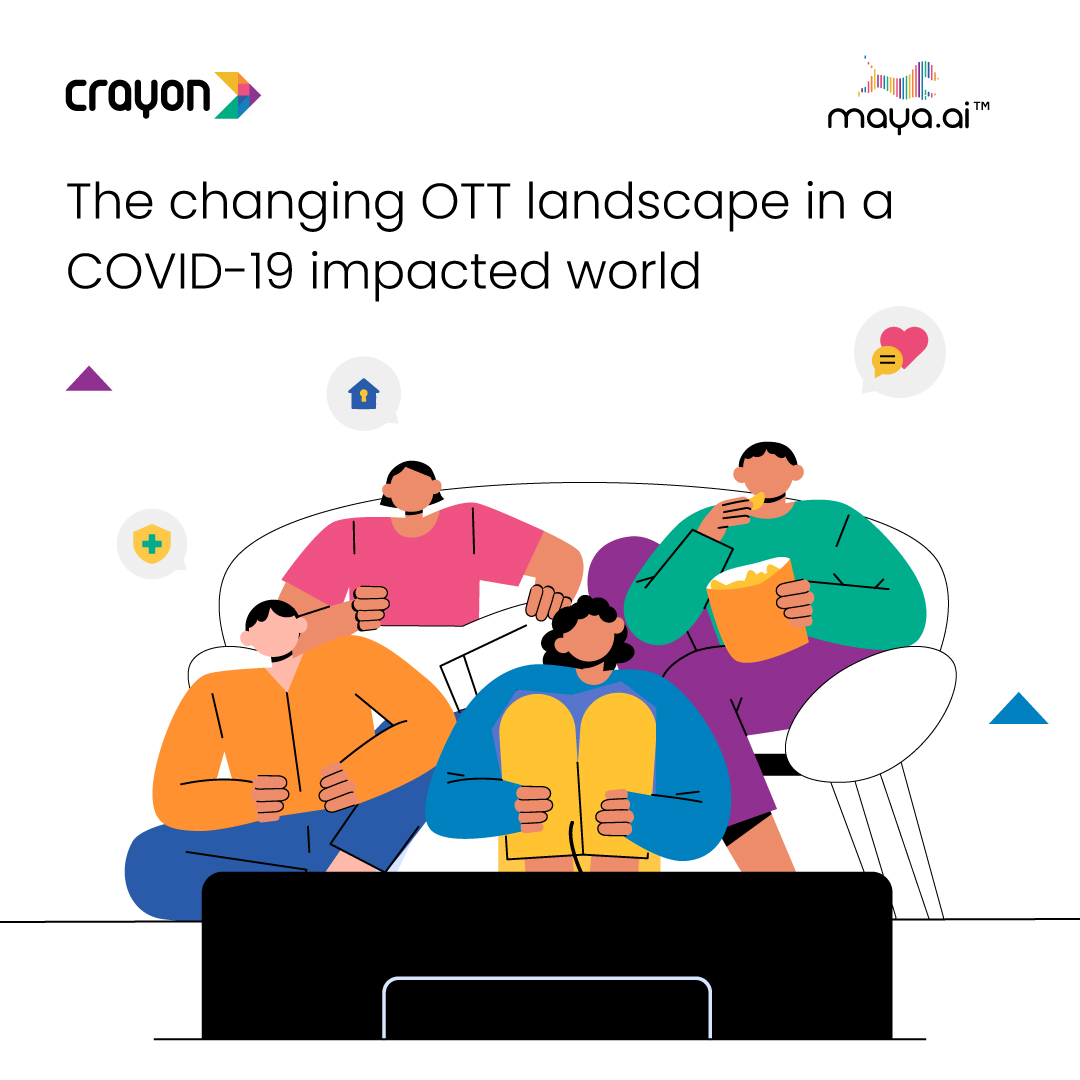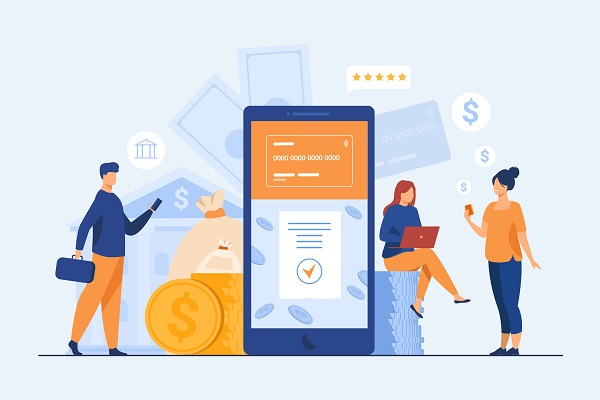15 years ago, the defining problem of the Internet age was how I find the information I need? This gave birth to search engines and Google’s great vision of “organizing the world’s information”.
A decade later, as Google continues to improve its search with innovations such as Knowledge Graph with the explosion of information, we have reached an inflection point – the defining problem of today is no longer search or even vertical search.
If we look at our lives today, it is the proliferation of choice that is, counter-intuitively, the biggest headache faced by most people. We live in the Age of More, an age characterized by more sources of influence, more devices, a more real-time tsunami of data, more transparency, more channels of communication….
As Barry Schwarz puts it, more is rapidly become less, and we are faced with the paradox of choice. Too many choices has led to decision paralysis, postponed moments of reckoning, increased expectations, decreased satisfaction in life. In other words, choice becomes misery.
The defining problem of today is ‘how do I find the choice that’s right for me’? This will give rise to the next era of disruptive technologies and companies. Over the next few years, you will hear more about choice engines and “organizing the world’s choices”.
How exactly do you organize the world’s choices?
Choice is inherently complex. As a consumer, you are guided in general by four major factors in any decision you make.
First, your taste drives your choices. As you begin your journey through the various stages of your purchase decision, especially when your interest is triggered, or as you are searching for information or considering what you want from your purchase, you consider a large pool of choices – largely based on your tastes and preferences. Examples of these are – I like Asian food, I like fine dining and not fast food, I prefer places that serve good wine… In general, it is highly likely that your actual choice will be driven and constrained by these tastes.
Second, your past behavior drives choice. Typically your behavior, when you have actually bought something, is a strong indicator that you like something enough to have chosen it and paid money for it. Repetitive past behavior is a stronger indicator as is frequency of occurrence. Examples include, I eat every Friday at XYZ sushi bar, I buy ABC wine regularly from my local wine merchant….
Third, influence drives choice. Our tastes and our behaviours in many cases are driven by others, whether they be friends, family or experts we trust. And influence can be general, as in I trust the New York Times on all matters of public policy, or specific, as in I trust Sonia’s choice in movies, I like Maya’s advice on food….
A final point: one’s current context drives choice. The time of day, the weather, the day, the location are all filters that are instrumental in the final decision we make. Examples include ‘I prefer eating lunch close to office on weekdays’, ‘It’s a hot Saturday, let me get a beer’ etc.
Every decision you make is generally a blend of these different influences. The importance you attach to each of these factors varies from decision to decision. And the information you have to help arrive at the decision is generally very different.
Consider a typical decision – you have just arrived in a new city after a 6 hour flight, it’s 6.30 PM and you want to get a decent vegetarian meal. What do you do?
You fire up Google, search for good restaurants in that city, and filter them by type, price, location etc. You search the review sites and blogs, both international and local for reviews and ratings on what might be a decent choice. You ask the hotel concierge or ask some friends on Facebook, email or SMS for ideas. You whip out your mobile phone and look for stuff that is ‘nearby’.
A good 30-60 minutes later, tired and weighed down by information overload, you do what most would in the coffee shop of the hotel you are staying at, or even order room service. The good meal you planned will have to wait till tomorrow.
Sounds familiar I’m sure.
The challenge you face is not lack of information. The challenge is to filter the right information, for you, the decision-maker. To do so, you need to spend huge amount of effort and time to navigate the choices.
But the one thing we do not have enough of today is time.
So what does a Choice Engine do? And how does it solve this problem?
More on that in the next blog post.







